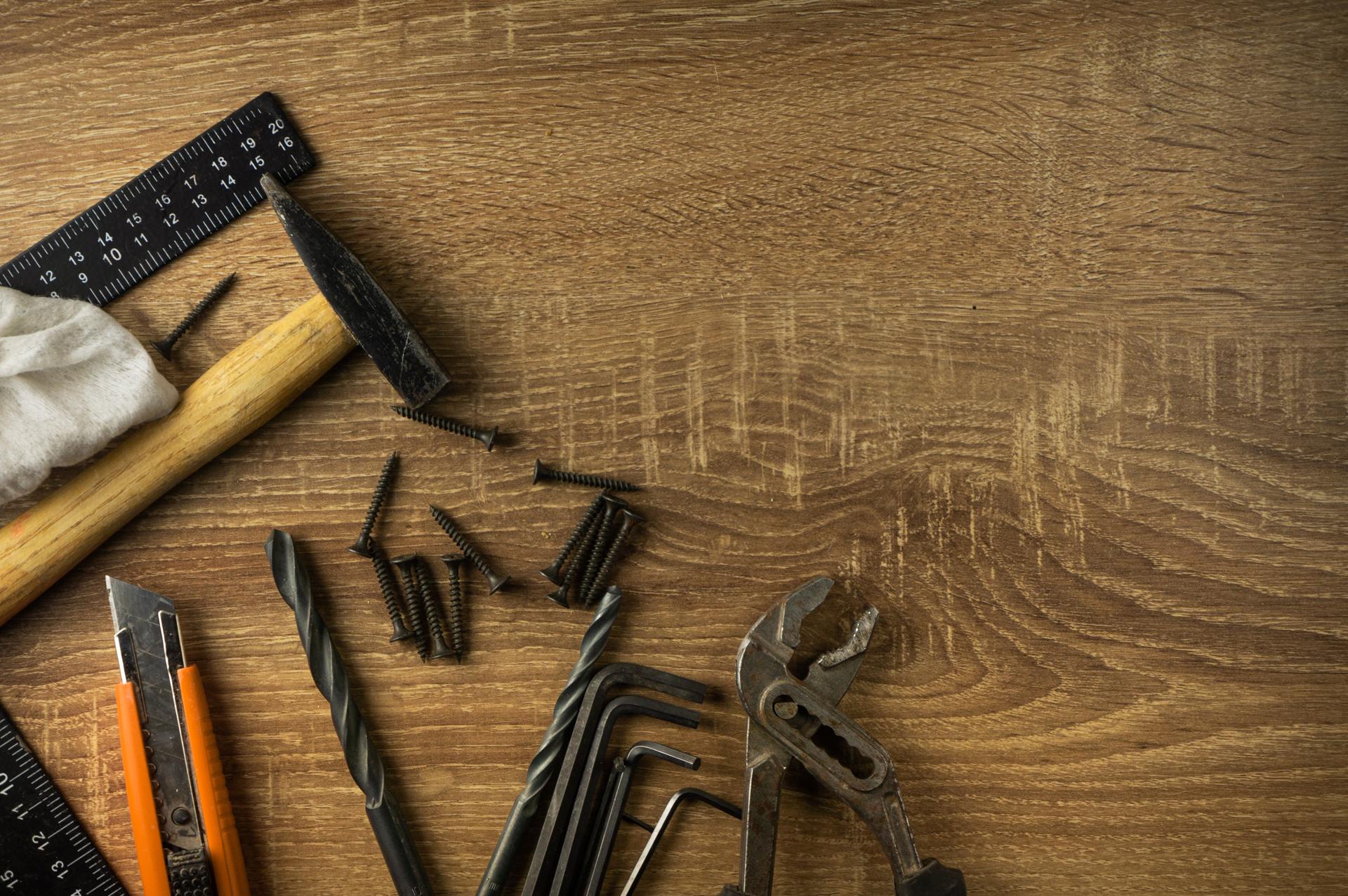Do-it-yourself Plumbing: Tricks and Hacks to Repair Frequent Problems at Home

The plumbing system is an integral component of every home. If they’re not properly maintained they could become a source of many problems that can lead to frustration and expensive repairs.
But, there are many benefits to learning how to fix minor plumbing issues yourself including saving money as well as learning valuable knowledge. In this article, we will cover common plumbing problems and how to fix them yourself. them.
Common Plumbing Problems
Dripping Faucets
Dripping faucets are not only irritating, they also consume a substantial volume of water during the course of. The most common cause of leaky faucets is a worn washer or O-ring. To remedy this problem shut off the water supply to the faucet, remove the handle, and replace the worn-out O-ring or washer.
Running Toilets
A running toilet is another common plumbing issue that can cause water to be wasted. The most common cause is a faulty flapper valve that doesn’t seal properly, allowing water to leak from the tank to the bowl. To fix this issue switch off water to your toilet. Then, open the tank lid, and adjust or replace your flapper valve.
Clogged Drains
Drains that are clogged can be caused by many things like hair, soap, and food particles. To fix this issue, you can try using a plunger or a drain snake to eliminate the clog. Alternately, you could make a paste of vinegar and baking soda to break up the blockage.
Low Water Pressure
Low water pressure could be due to a variety of reasons, such as the buildup of minerals within the pipes or a defective pressure regulator. To remedy this problem it is possible to clean the aerator and replacing the pressure regulator.
Tools Required for DIY Plumbing
For DIY plumbing, you’ll require a few tools such as a plunger, adjustable wrench pipe wrench, Teflon tape and a screwdriver. The tools you have on hand will help you repair minor plumbing problems.
Safety Tips for DIY Plumbing
Safety should always be top of mind when making any DIY plumbing repairs. A few safety tips to keep in mind include turning off the water supply before beginning any repair, wearing safety glasses and gloves and having a first aid kit on hand in the event in the event of an emergency.
DIY Plumbing Techniques
To resolve common plumbing issues, you will need to master a few DIY plumbing techniques such as how to turn off your water source or fix a dripping faucet and how to fix an unresponsive toilet, how to unclog the drain, and how to increase water pressure. These methods can save you time and money on small plumbing repairs.
Conclusion
Learning how to fix small plumbing issues yourself is beneficial in various ways. It’s not just a way to help you save costs, but you could provide you with a sense of accomplishment and valuable skills. However, for more significant plumbing issues, it’s always better to consult a professional plumber.
FAQ
Can I fix a plumbing problem myself?
Yes, you can fix minor plumbing issues yourself by learning a few basic plumbing skills.
What are the most frequent plumbing issues?
The most frequent plumbing issues are dripping faucets, running toilets, blocked drains, and low water pressure.
What tools will I require for plumbing projects at home?
You will need a few indispensable tools like a plunger, adjustable wrench pipe wrench Teflon tape and a screwdriver.
Is DIY plumbing safe?
DIY plumbing can be secure if you adhere to safety guidelines and take the appropriate precautions.
When should I contact for a licensed plumber?
You should call a professional plumber for significant plumbing issues that require specialized equipment and experience.
